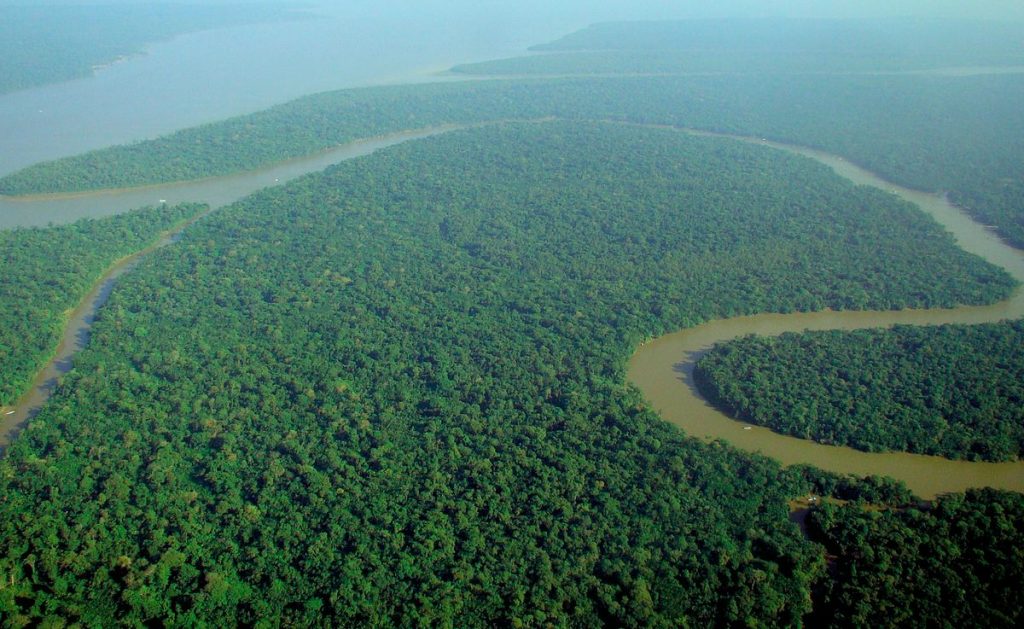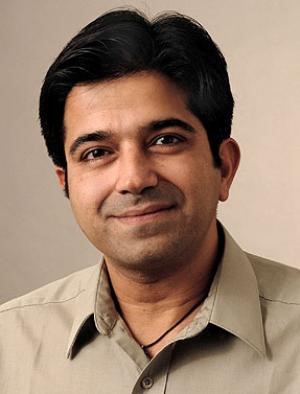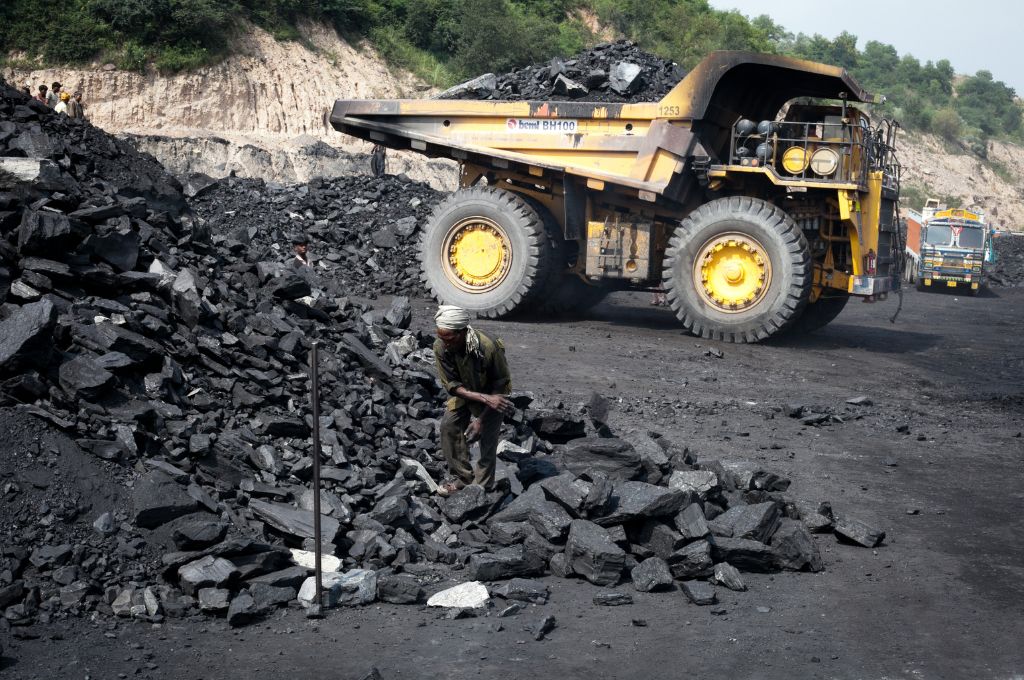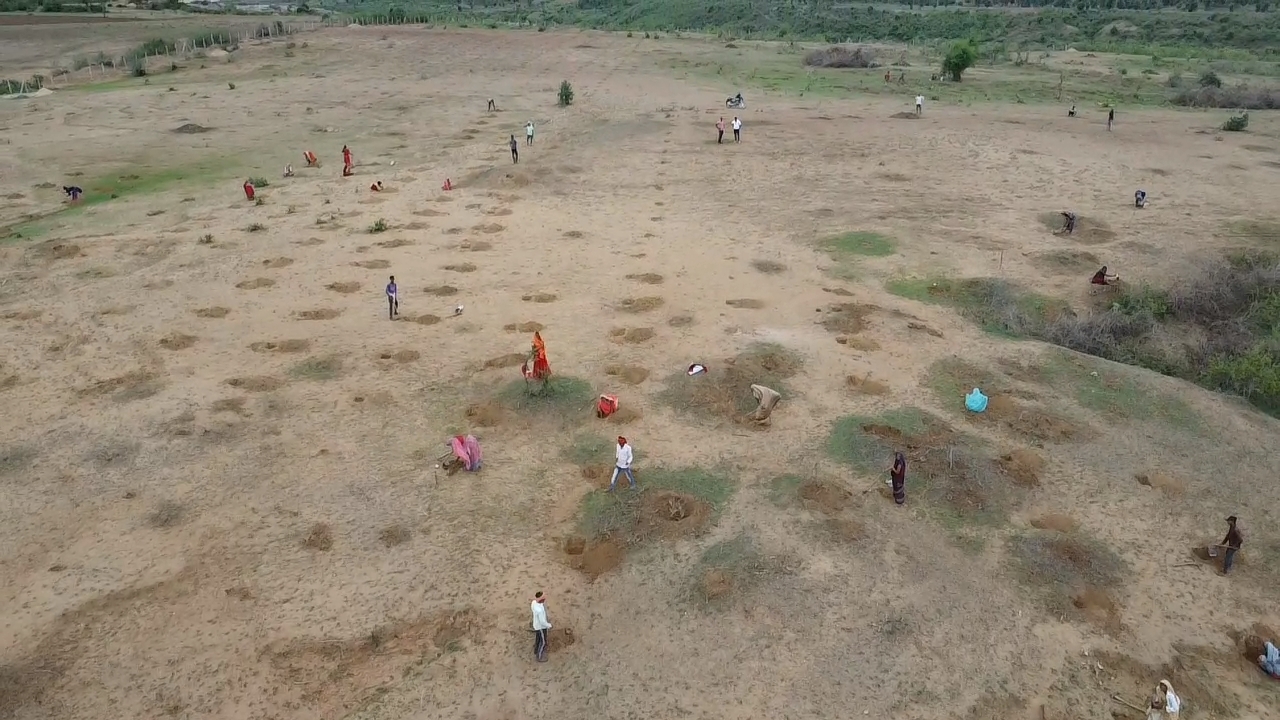If as a country you want to provide a healthy economy for your people, to ensure issues such as food and job security, and to encourage sustainable agriculture–for instance, by building better soil or allowing the doubling of farmer incomes–you need to provide energy for all of it. You want to be energy secure and energy independent as a nation. And to do that one needs to look beyond business as usual, because traditional approaches are unsustainable.
According to a McKinsey report, India will import 51 percent of its coal by 2030 under the business-as-usual scenario (it already imports around 30 percent of its coal and 45 percent of its natural gas). If a country wants to be energy independent and secure, it has to reduce its exposure to energy imports.
Related article: The need to invest in climate change education
Companies are also getting more involved with the issue of climate change; they are becoming more aware of how it could really affect their own bottom line. It used to be “oh, we care about climate change”, and one line in their annual report. Now several of them are beginning to see that the climate will have economy-wide effects, and as such will impact them as well, some more than others.
It’s therefore important that both governments as well as businesses step up. At the moment, the private sector is leading the way on renewable energy while governments are still supporting the more traditional energy sources. However, when it comes to climate goal setting, it is governments who are making global and national commitments. Both players therefore need to reinforce and complement each other.
The biggest worry amongst corporates globally is policy risk
Governments need to stay steady on their policies because ratcheting back of policies on renewable energy and others related to climate change sends the wrong signal to the private sector.
Private sector dislikes uncertainty. Long-term investments into innovation and R&D usually happen on the basis of government policy; hence it’s really important for governments to plan ahead and stay the course.

Climate change is much more than an environmental issue–it shapes how we think of inclusive growth, food security, jobs | Picture courtesy: Wikimedia Commons
Governments–the current US government, for example–of late, have tended to roll back environmental legislation because they think that’s what business wants. While companies might fight hard on new legislation being proposed, once it is passed they plan for that legislation and put in place processes internally and externally to manage it.
Politicians often have a short-term view, limited to their tenure of three-four-five year terms. However, innovations to market, and capital investments into machinery and factories, for example, require companies to work on longer periods. Companies plan for 10-20 years ahead. So, when governments suddenly change policy, it affects them adversely.
Governments and companies need to listen to each other more carefully and hopefully move in the right direction towards climate safety.
If you look at the UN’s SDGs–there isn’t really one there that climate doesn’t touch
A lot of people don’t realise the connections but climate touches all sorts of issues and vice-versa–gender, education, incidence of disease, national security, immigration, food security, and so on.
Climate change is much more than an environmental issue–it shapes how we think of inclusive growth, food security, jobs.
For example, empowering girls and women through education, family planning, and improved resources access for smallholder women farmers, is an impactful way of addressing global warming.
Something we haven’t done very well as an environmental community is that we only talk about climate change as an environmental issue. It’s much more than that–it shapes how we think of inclusive growth, food security, jobs. So, it is important for us to get off our own soap box and understand what businesses, people, and governments are saying–that they are growing economies, that they are concerned about poverty, education, and jobs.
How can we–as climate change evangelists–then take a step back and see how to connect it to all the issues that matter? We need to learn to talk about the interconnectedness of the issues.
Related article: P Sainath: The water crisis is not caused by drought
In India, development–and the rate of development–is non-negotiable
What can be negotiable however is the shape of development. If you want it to be resilient, inclusive, long term, and steady, there’s no way you can do it without factoring in climate change.
Farmers see climate change more than city-dwellers do. They may not call it climate change, but they are seeing shifts in weather, rain and heat patterns; they know that the timing and intensity of the rain is not right or that the heat waves are bigger and denser. Navigating these changes in thoughtful ways that support food security and improve farmer livelihoods is going to be essential.
If you want development to be resilient, inclusive, long term, and steady, there’s no way you can do it without factoring in climate change.
Issues can be both economic and trade issues as well as climate change issues simultaneously. Take for instance, fisheries. It’s a sector that is important to Asia, to its diet and livelihoods. But small fishing fleets don’t seem to be a climate issue till you understand what’s really going on. Fisheries are normally regulated through bilateral agreements between countries–this is where we fish, this is where you fish. But fishing stocks are moving; and now all of a sudden, as a result of a cascade of effects arising from the changing climate, fish that used to be in ‘our’ waters are suddenly in ‘your’ waters. So, we’re beginning to see fishing wars.
On the surface it’s a fisheries issue; for us it’s a climate issue. In fact it’s both, and it’s important that everyone concerned understands it as both.
Environment and development can go hand in hand
A country’s growth and its people’s growth depends on how it best leverages its endowments.
For example, given that India has one of the largest cattle ownerships in the world, is there a way to think about how best to use this resource to augment the National Clean Cooking agenda? Can they develop biogas programmes that can be scaled so that they can save a billion dollars a year in foreign exchange by not importing other energy sources?
In farming, can the country grow rice in a way that saves water, improves yield, and also reduces climate impact? Can decentralised renewable energy generate income for rural households?
And how can India setup and structure all of the above? What are the institutional requirements? Where does the capital come from?
Environmental Defense Fund (EDF) has been working with nonprofit partners across these issues because they can help build the proof of concept. Because governments usually don’t have the time or the experience, or for whatever other reason, they can’t try everything. Doing these pilots is critical to show that it’s entirely possible to decouple economic growth from air and climate pollution.
There is no one India, there’s two–the developed and the developing. And you need to prioritise both.
It is especially important for a country like India, where development is the priority; in fact, it’s a priority in every country. Even in mature markets like the US, one can’t really sell any policy that would damage growth. It’s just the way our world works.
But in India, it’s even more important. Because there is no one India, there’s two–the developed and the developing. And you need to prioritise both.
Rural India–with its 170 million households–is always going to be a big book, so identifying a low carbon rural development growth path is critical. This is true when we talk about the 100 smart cities as well. Getting these cities right means building strong public transport, managing air pollution, setting up infrastructure that is energy efficient, and so on.
Related article: Air pollution: We aren’t doing enough
If you look at the western countries, your capital expenditures are done. You now have to retrofit into what already exists. India on the other hand is about to pour out a lot of concrete. If you think of what India will look like in 2045, something like 70 percent of the country has probably not even been built yet. So, it’s a huge opportunity; but it’s also a threat. It is imperative that the country gets its development trajectory right.
Everybody talks about a million jobs, but how do you build those? What does it look like in a post-industrial, postmodern economy? The ‘evergreen’ revolution, as we call this, offers opportunities for stable, safe, and healthy jobs, as opposed to some of the old coal mining jobs. There are jobs to be had in repleting natural resources, not just in depleting natural resources.
Consider a big agroforestry programme–that’s jobs; consider improving farm incomes that moves away from just producing grains to other value-added processes–in that whole supply chain there are jobs. It’s also not just about the amount of jobs you create, it’s also about the quality and sustainability of the jobs, something that’s often overlooked in rapidly growing economies.
California is a great example of decoupling growth and the environment. In the US, it is by far the front runner on climate and energy policy. And yet it is the state that has grown the most jobs and has the highest GDP growth.
Data shows the market has reduced climate pollution by 25.5 million metric tons since 2013, equivalent to shutting down six coal-fired power plants–or taking 5.5 million cars off the road for one year. At the same time, California’s gross state product (GSP) has grown by more than 16 percent since 2006, with job growth outpacing the US as a nation by 27 percent.
It’s a really important lesson to the other states in the US, and the world as well–that you can decouple economic growth from carbon intensity. That it’s not an either-or.
Britt Groosman was a panelist at the AVPN Annual Conference 2019, where she spoke about financing solutions to climate action.





